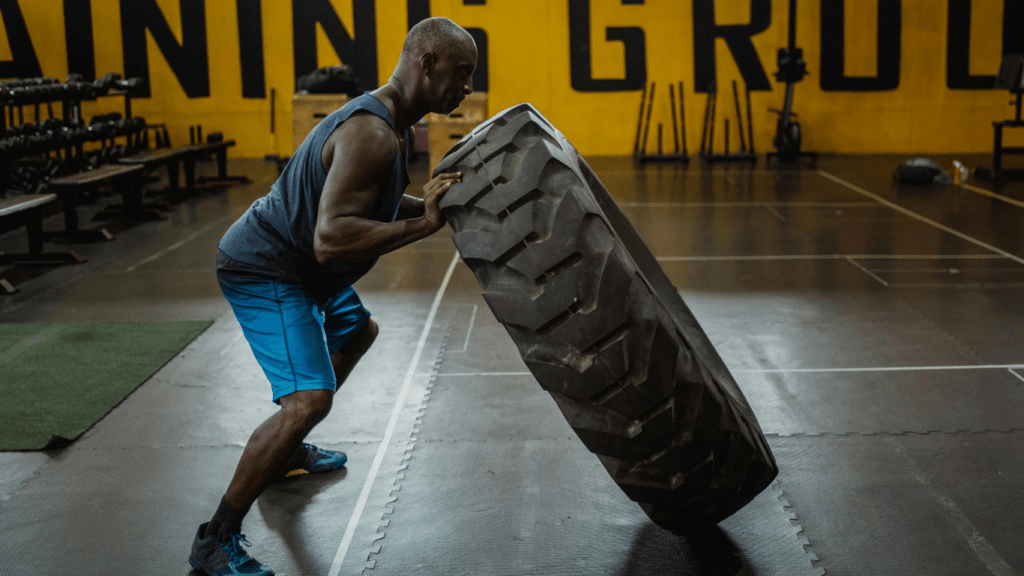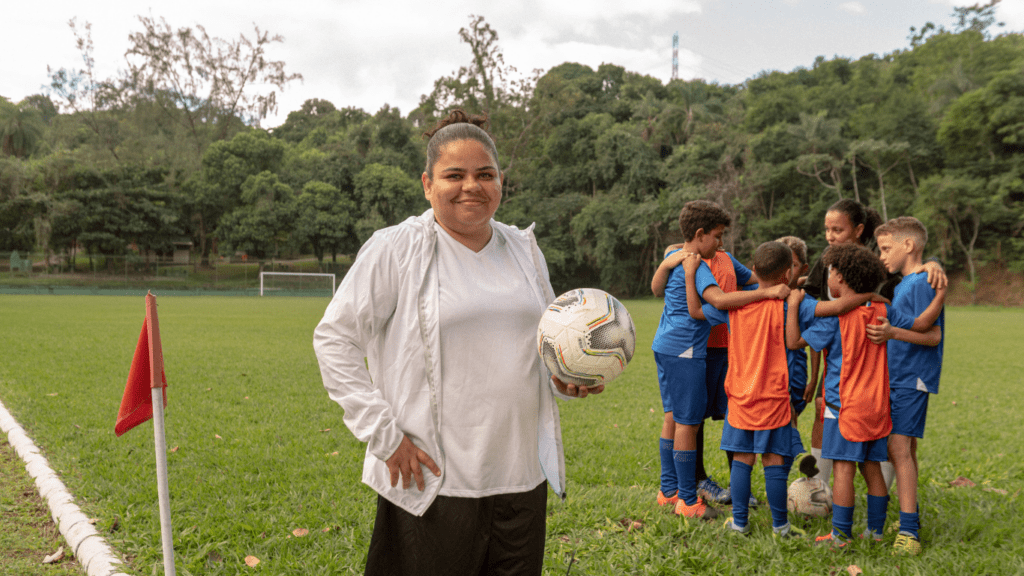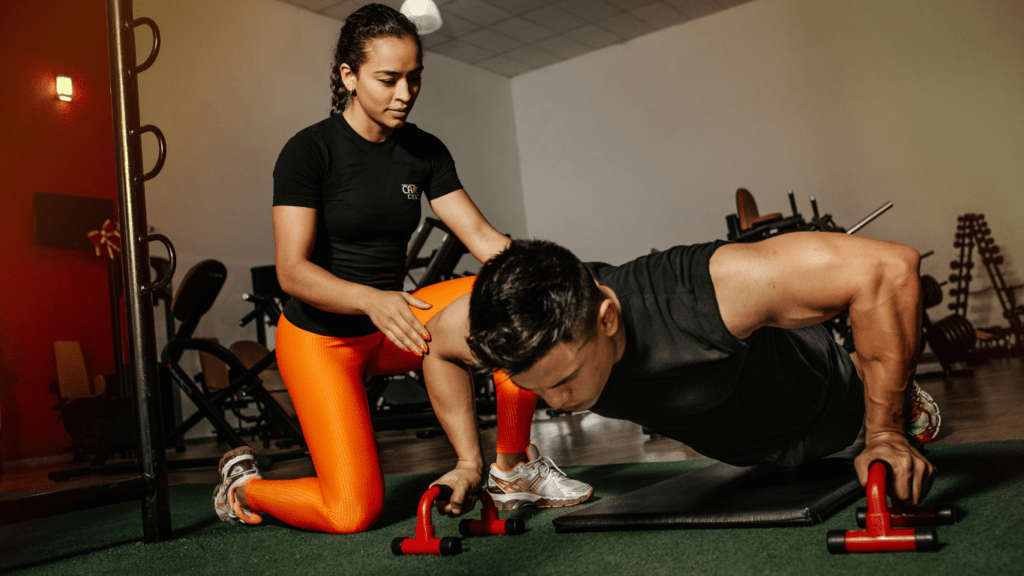As an athlete, I know the thrill of pushing my limits and striving for greatness. But there’s a dark side to this relentless pursuit: burnout. It’s not just physical exhaustion; it’s a mental and emotional drain that can derail even the most dedicated competitors.
Understanding the signs and causes of athlete burnout is crucial for anyone involved in sports, whether you’re an athlete, coach, or parent. In this article, I’ll explore the factors that contribute to burnout and share effective strategies to prevent it. By recognizing the symptoms early and implementing proactive measures, we can protect our passion for the sport and ensure a healthier, more sustainable athletic journey.
Let’s dive into how we can keep the fire alive without burning out.
Understanding Athlete Burnout
Athlete burnout signifies a prevalent issue rooted in physical, mental, and emotional fatigue. Recognizing its effects is vital for athletes, coaches, and parents involved in sports.
Definition of Athlete Burnout
Athlete burnout emerges from prolonged stress and high expectations in competitive sports. It encompasses mental and emotional depletion, often leading to a decreased performance level and diminished enthusiasm for training and competition.
The syndrome consists of feelings of ineffectiveness, emotional exhaustion, and a detachment from the sport, making it crucial for all involved to grasp its implications.
Symptoms and Signs of Burnout
Common symptoms of athlete burnout include:
- Emotional Exhaustion: Athletes feel drained, lacking energy for practice or events.
- Decreased Performance: Noticeable dips in skills or results indicate loss of motivation or focus.
- Irritability: Athletes may experience heightened frustration with teammates, coaches, or the sport itself.
- Insomnia: Difficulty sleeping appears frequently, impacting physical recovery and mental clarity.
- Loss of Enjoyment: Activities once loved may transform into sources of stress, leading to disinterest.
- Physical Symptoms: Headaches, stomach issues, and chronic fatigue manifest without clear medical reasons.
Identifying these signs early improves the chances of mitigating burnout and fostering a healthier athletic environment.
Causes of Athlete Burnout
Athlete burnout occurs due to a mix of physical and psychological factors. Understanding these causes helps in preventing burnout and fostering a healthy sporting environment.
Physical Factors
Physical factors play a crucial role in athlete burnout. High-intensity training schedules, inadequate recovery times, and insufficient nutrition elevate the risk of exhaustion. Consistently pushing the body beyond its limits leads to overuse injuries and chronic fatigue.
A lack of sleep exacerbates these conditions, impairing performance and mental clarity. Monitoring training loads and ensuring proper rest can reduce these physical stressors.
Psychological Factors
Psychological factors significantly contribute to athlete burnout. Pressure to perform and meet expectations can create overwhelming stress. Fear of failure or dissatisfaction with performance often results in anxiety and emotional fatigue.
Additionally, a lack of social support from coaches, teammates, and family can intensify feelings of isolation. Athletes should cultivate a healthy mindset, focusing on enjoyment and intrinsic motivation rather than solely on outcomes. Regular emotional check-ins can help identify and address these psychological stressors early.
Consequences of Burnout
Burnout significantly affects athletes, influencing their performance and mental well-being. Understanding these consequences is integral to prevention strategies.
Impact on Performance
Burnout leads to decreased physical and mental performance among athletes. Symptoms such as persistent fatigue reduce stamina and strength, impairing the ability to compete effectively.
Many athletes experience concentration issues, which can result in poor decision-making during competitions. Furthermore, an emotional disconnect from the sport often diminishes motivation, leading to a decline in engagement during training sessions.
Overall, burnout can cause athletes to underperform and lead to early exits from sports.
Effects on Mental Health
Burnout negatively impacts mental health, escalating feelings of anxiety and depression. Athletes may grapple with self-doubt, as continued performance declines challenge their self-esteem. Many experience feelings of isolation, particularly if support systems are weak.
Prolonged periods of emotional exhaustion can lead to chronic stress, resulting in long-term mental health issues. Recognizing these signs early can promote mental wellness, facilitating timely intervention and support for affected athletes.
Prevention Strategies
Preventing athlete burnout requires a multifaceted approach, emphasizing physical recovery and emotional support. Implementing effective strategies can help maintain athletes’ passion and performance.
Importance of Rest and Recovery
Rest and recovery play essential roles in preventing burnout. Ensuring athletes get adequate sleep improves physical recovery and cognitive function. A balanced training schedule includes rest days to allow muscles to heal and replenish energy stores.
Active recovery methods, such as low-intensity workouts or stretching, can reduce muscle soreness and enhance overall performance. Without proper rest, athletes face intensified stress and increased risk of injuries.
Incorporating recovery techniques, such as hydration and nutrition, supports both physical health and mental well-being. Scheduling regular assessments can also help track recovery progress and adjust training loads accordingly.
Role of Coaching and Support Systems
Coaching and support systems significantly influence an athlete’s well-being. Coaches should prioritize open communication, fostering an environment where athletes feel comfortable discussing their stressors and emotions.
Coaches can also tailor training programs, considering an athlete’s individual needs and responses to pressures. An effective support system involves family, friends, and teammates who encourage balanced lifestyles and emotional check-ins.
Providing resources, such as access to sports psychologists or mental health professionals, equips athletes with tools to manage stress. Building a positive team culture emphasizes collaboration and mutual support, which mitigates feelings of isolation and enhances resilience against burnout.



